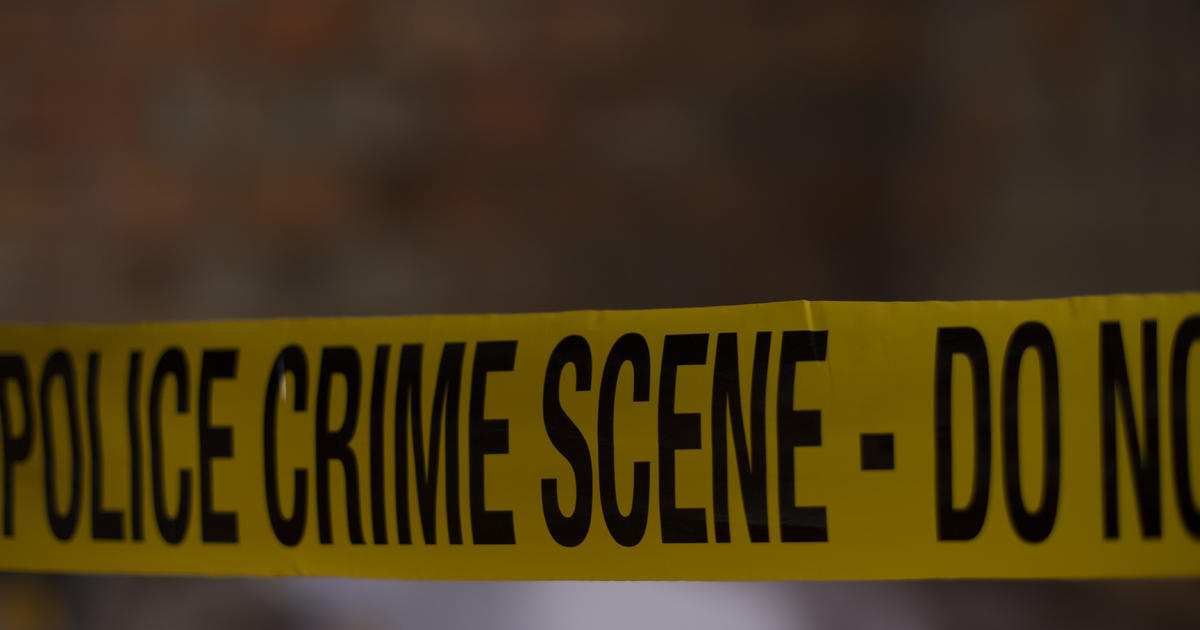With Florida's manatees dying in record numbers, groups are trying to save them
Nearly every morning at Florida's Blue Spring State Park, Cora Berchem hand counts the manatees that flock there in the winter for the warm water.
"We've had days in here where we had over 600 manatees," Berchem, who works for the nonprofit Save the Manatee, told CBS News environmental correspondent Ben Tracy.
She knows most by name because of their distinctive scars from being hit by boat propellers.
"They're like family, you know, they're like family coming back," she said.
Berchem is now worried that many of them may not survive. Manatees have been starving to death — their bones even washing up on shore — while zoos and places such as SeaWorld rush to rescue the emaciated marine mammals.
"Having lost hundreds of manatees to starvation, that's never happened before," said Patrick Rose, executive director of Save the Manatee.
He said starvation is the leading cause of a drastic spike in manatee deaths.
More than 1,000 of them have died so far this year, according to the Florida Fish and Wildlife Conservation Commission. That's more than any year in state history, according to the commission. It's especially grim considering there are just about 6,000 manatees in all of Florida's waters, according to Save the Manatee.
"Many of those manatees that did finally succumb to the starvation, their organs were really deteriorated," Rose said. "It was just really an agonizing death."
More than half of the manatees have died inside the Indian River Lagoon, which stretches for more than 150 miles along Florida's east coast. The reason they're starving is because their food is disappearing.
Manatees are vegetarians and often called sea cows because they eat a lot of seagrass, more than 100 pounds a day. But for about a decade now, the seagrass has been disappearing. That's because of human-caused water pollution from Florida's development boom, mainly sewage from septic systems and fertilizer runoff from nearby farms.
That helped fuel a recent series of algae "super blooms" in Florida. They darken the water and block out the sun, killing the seagrass. The manatees are left struggling to find food.
"We think we're right at the tipping point," said Dennis Hanisak, a researcher at the Harbor Branch Oceanographic Institute.
The institute is experimenting with growing seagrass in large tanks and then transplanting it into the lagoon to try to restore some of the lost seagrass beds.
Hanisak said between 60% and 80% of the lagoon's seagrass has been lost.
By some estimates, repairing the massive lagoon will require $5 billion and much tougher pollution rules. So, for now, desperate animal welfare organizations have even resorted to hand feeding manatees romaine lettuce.
More than 130 manatees have been rescued this year and slowly nursed back to health.
One manatee, Anastasia, had lost much of her body weight, but in October, she was strong enough to be released.
Berchem said it's humans that caused this problem and we need to fix it.
"It's not gonna be a quick fix," she said. "I strongly believe if we all work together and we all do our part, we can still make a difference."



